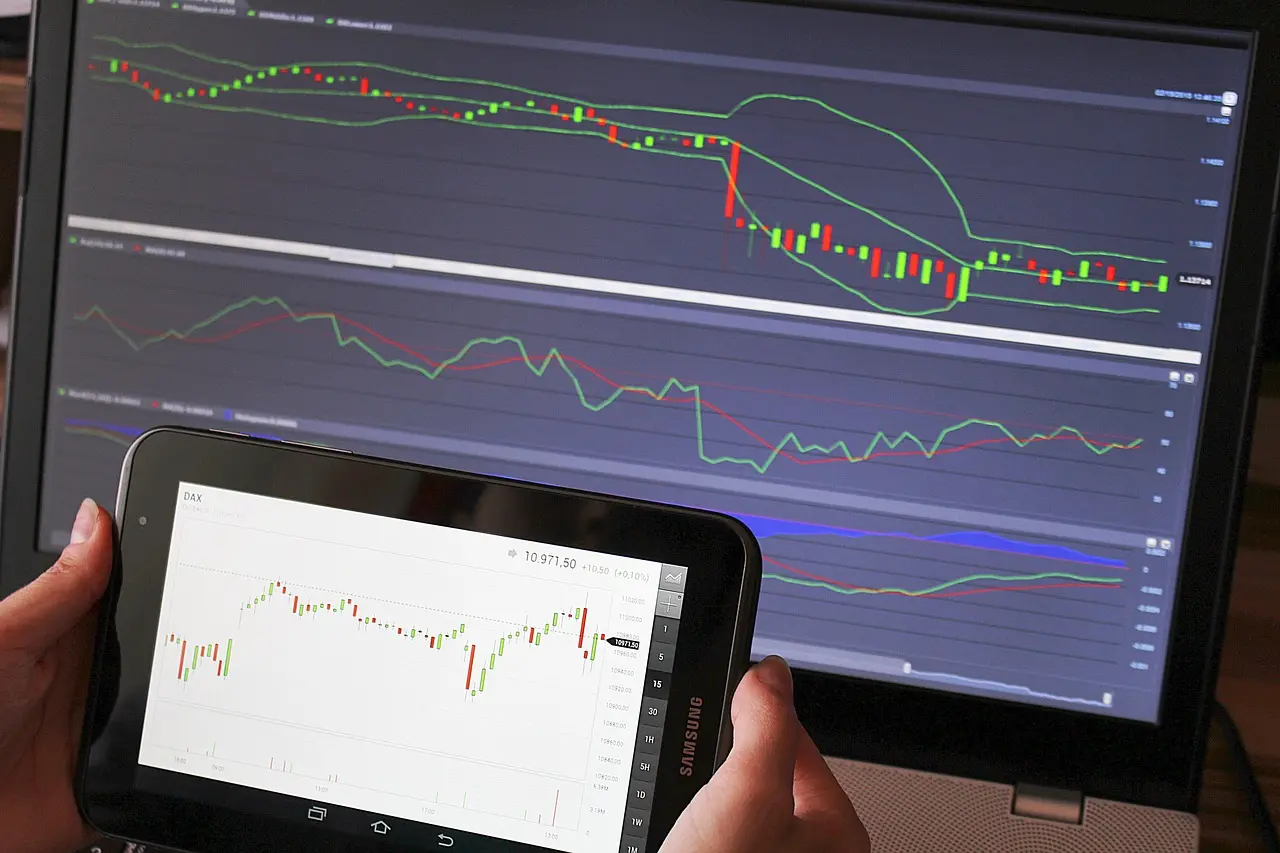Entering the world of Forex trading can be exhilarating yet daunting. With its potential for high returns and rapid market movements, having a solid trading plan is essential for success. In this article, we’ll explore the foundational steps you need to take when developing your Forex trading plan, setting you on the path towards becoming a disciplined and profitable trader.
Understanding Your Trading Objectives:
Before diving into the complexities of Forex trading, it’s crucial to define your trading objectives. Ask yourself:
- What are my financial goals?
- What level of risk am I comfortable with?
- What is my preferred trading style (e.g., day trading, swing trading, position trading)?
- How much time can I dedicate to trading each day?
- What reliable resources will I leverage for continuous learning and refinement?
By clarifying your objectives, you’ll gain a clearer understanding of your motivations and risk tolerance, guiding your trading decisions moving forward.
Set realistic goals: Many traders, don’t understand standards in this industry and have unrealistic goals, which can lead to depression and failing to achieve your goal. Investigate industry benchmarks in order to avoid bigger trouble.
The Importance of Continuous Education in Forex Trading
Assessing Your Risk Tolerance:
Risk management is a key for successful Forex trading. Assess your risk tolerance by considering:
- Your financial situation and ability to withstand losses.
- Your emotional resilience in the face of market volatility.
- Your willingness to adhere to risk management strategies, such as setting stop-loss orders and position sizing, use of trailing function.
- Establishing clear risk parameters will help safeguard your capital and prevent emotional decision-making during times of market uncertainty.
- Clear mental health facilitates better decision-making. Trading requires rational analysis and the ability to make decisions based on data and strategy rather than emotions. Mental health issues like anxiety or depression can cloud judgment and lead to poor decision-making.
The Role of Psychological Resilience in Forex Trading
Developing a Trading Strategy:
A trading strategy outlines your approach to identifying trading opportunities and executing trades. Consider the following elements when developing your strategy:
Technical Analysis: Utilize chart patterns, indicators, and candlestick patterns to identify potential entry and exit points.
Fundamental Analysis: Stay informed about economic indicators, geopolitical events, and central bank policies that may impact currency prices.
Risk Management: Define your risk-reward ratio, set stop-loss orders, and implement position sizing techniques to manage risk effectively.
Trade Execution: Determine your entry and exit criteria, including specific price levels, timeframes, and trade management rules.
By combining technical and fundamental analysis with robust risk management practices, you’ll increase your chances of success in the Forex market.
Image by: Pixabay
Testing and Refining Your Trading Plan:
Once you’ve developed your trading plan, it’s essential to test it in a risk-free environment before risking real capital. Consider using a demo trading account to execute simulated trades based on your strategy, allowing you to evaluate its effectiveness without financial risk.
As you gain experience and gather data from your simulated trades, be open to refining and adjusting your trading plan to better align with your objectives and market conditions. Remember that trading is an ongoing learning process, and adapting to changing market dynamics is key to long-term success.
Leveraging Technology for Efficient Forex Trading
Final Thoughts
Developing a Forex trading plan is the first step towards achieving your financial goals in the dynamic world of currency trading. By defining your objectives, assessing your risk tolerance, and crafting a well-thought-out trading strategy, you’ll lay the groundwork for disciplined and profitable trading. Remember to test and refine your plan regularly, staying adaptable to market changes and continuously improving your trading skills. With dedication, patience, and a solid plan in place, you’ll be well-equipped to navigate the challenges and opportunities of the Forex market effectively.











